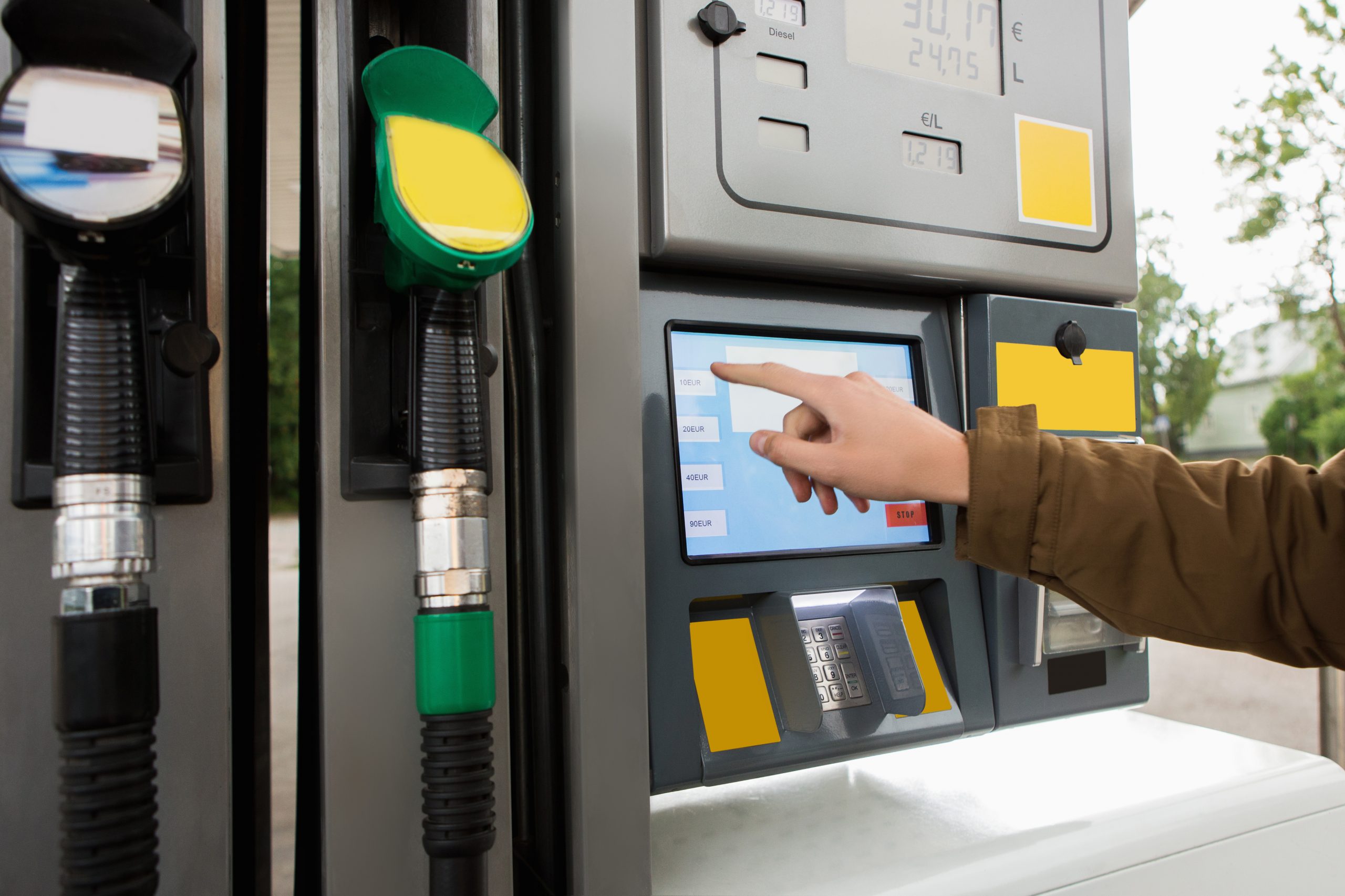A fuel card is similar to a credit card in many aspects – both facilitate payments at a network of sites. However, when it comes to managing fuel expenditure for your business, fuel cards offer some distinct advantages. This includes access to discounted fuel, HMRC compliant VAT invoicing, access to 24/7 reporting tools to help understand and manage your fuel usage and much more.
The table below lays out the key differences:
Fuel Cards
Discount fuel prices available
Better security and prevention of fuel fraud with cards linked to a vehicle/driver
No interest on purchases
Employees can only purchase fuel (and related services like windscreen replacement, tyres and M6 toll where selected)
No need for receipts
Simple invoicing with clear VAT separation
HMRC approved bills
Card management tools
Ability to monitor filling patterns
Fleet efficiency & MPG reporting
Reduced internal administration costs
Some cards offer points/rewards scheme
Credit Cards
Discounts on fuel prices not available
Both fuel and non-fuel fraud is harder to identify and prevent (cards are not linked to specific drivers/vehicles or limited just to fuel)
APR rates vary and offers may change after introductory periods, plus interest payable on purchases
Employees can purchase anything
Need to keep all your receipts
Invoicing with VAT is a longer process
Some offer a rewards scheme
As you can see, there are many distinct advantages that a fuel card can offer over a credit card. If you’re still unsure on how a fuel card can aid your business, our team of experts are on hand to help further explain the benefits.


